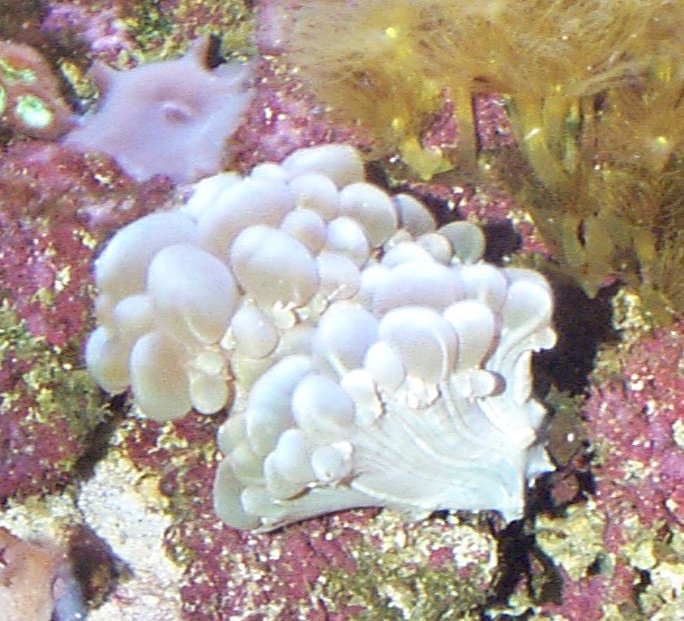 |
Name: Bubble Coral |
| Scientific name: Plerogyra | |
| Range:
East Africa, Southeast Asia
|
|
| Habitat: Ocean | |
| Status: Not threatened | |
| Diet in the wild: Micro organisms | |
| Diet in the zoo: | |
| Location in the zoo: Aquarium |
Bubble Coral
 |
Name: Bubble Coral |
| Scientific name: Plerogyra | |
| Range:
East Africa, Southeast Asia
|
|
| Habitat: Ocean | |
| Status: Not threatened | |
| Diet in the wild: Micro organisms | |
| Diet in the zoo: | |
| Location in the zoo: Aquarium |
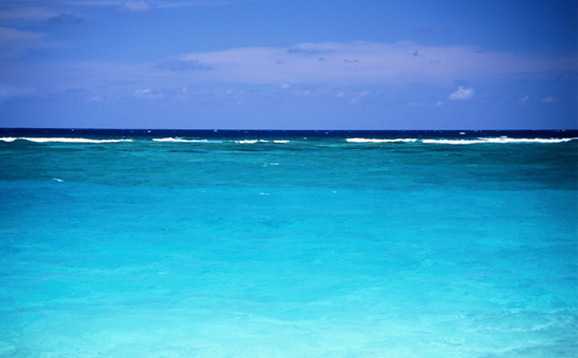
|
| General
information:
Plerogyra are members of the kingdom Phylum Cnidaria, belonging to the class Zoantharia, order of Scleractinia. Individual corals are called polyps, which most of them live in groups called colonies. The polyps are just one of the bubbles that are visible in the colony. When the colony forms it takes on the appearance of grapes. Corals are asexual, reproduce by budding or separating a part from itself. Bubble Coral grows in mainly the southeast hemisphere between east Africa and Australia. They are found along the shallow reefs usually on a vertical surface or a cave. |
| Special
anatomical, physiological
or behavioral adaptations: The bubble coral gets its' name because of the protective shape it has. The corallite is covered by vesicles that protect during the day and retracts at night. It is these vesicles that give the appearance of being bubbles. The scientific name (plerogyra) is Greek, which means (in two parts) pleres - full and gyros - circle. |
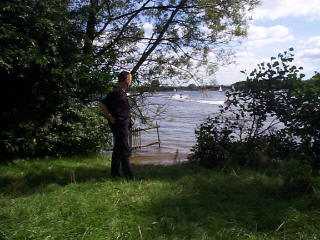 |
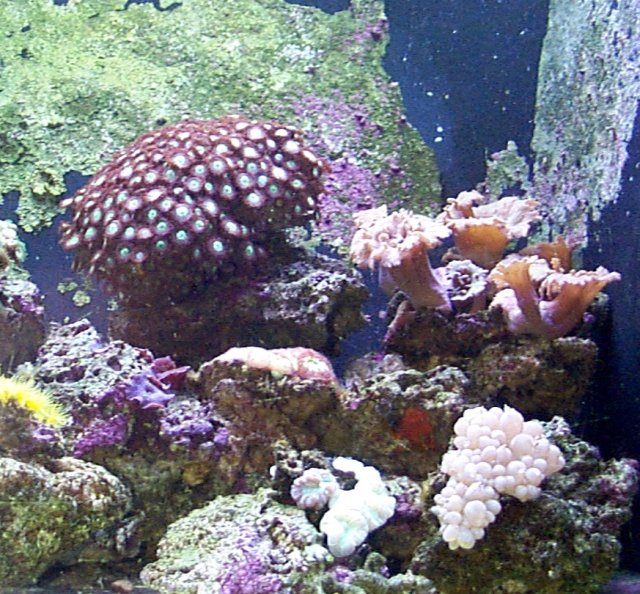
|
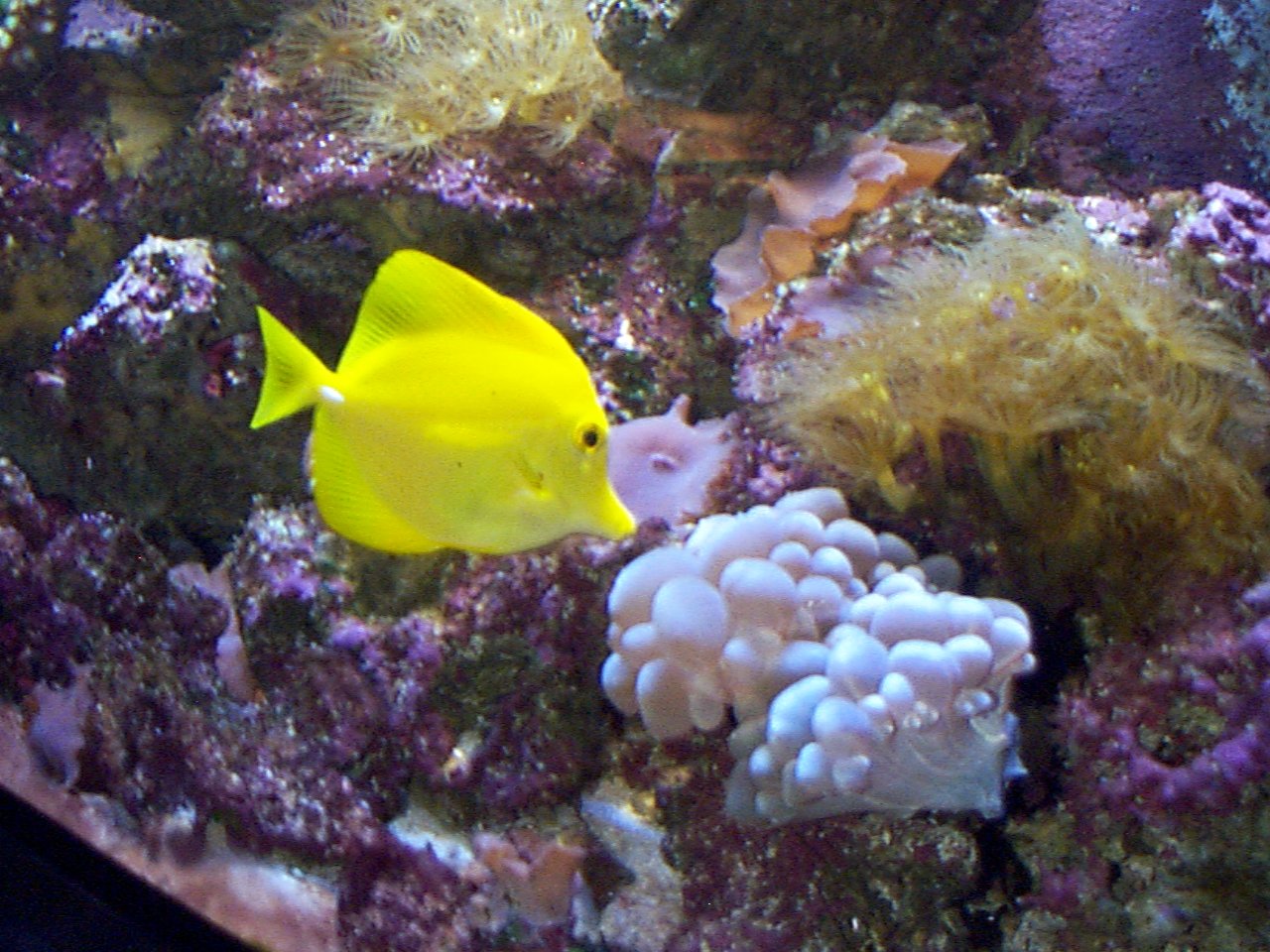
Personal Observations: My personal view of Bubble Coral is one of relaxation. Just having some to watch moving in the waves would be soothing. The way bubble coral takes on the grape bunch motif adds to the soothing power of the coral. The coral has a peaceful look to it and that would lead its prey to believe it is not dangerous. Now I know why people keep aquariums for a way to relax after a hard day. |
Source
Materials and Related Links:
|
|
Send E-mail to cunntasair@earthlink.net or to mac@whozoo.org |

WhoZoo HomeMammals at the Fort Worth Zoo
Birds at the Fort Worth Zoo
Reptiles and Amphibians at the Fort Worth Zoo
Fish at the Fort Worth Zoo
Invertebrates at the Fort Worth Zoo